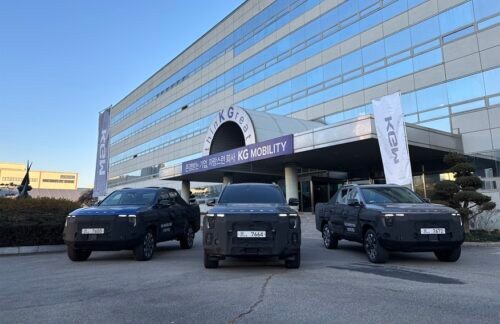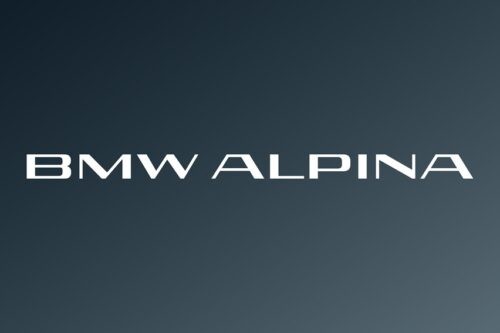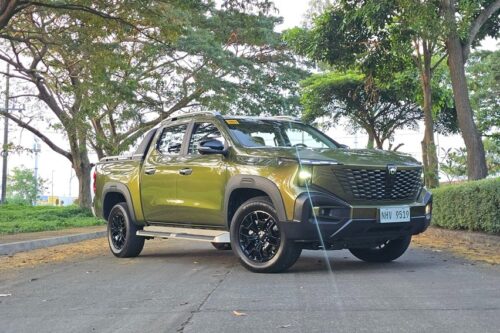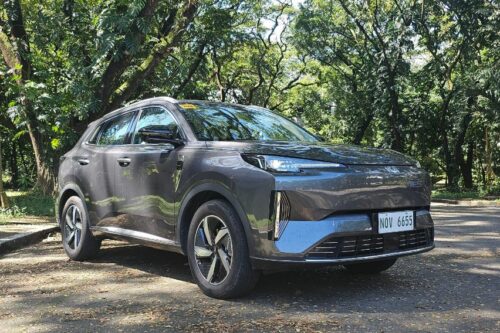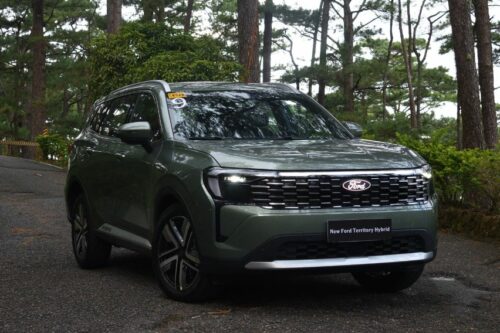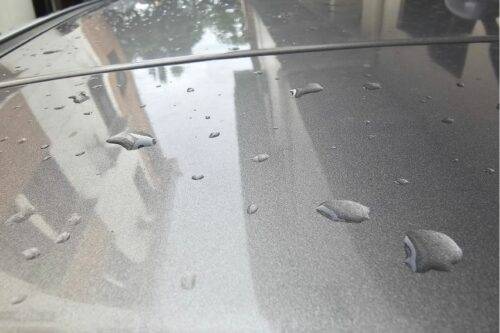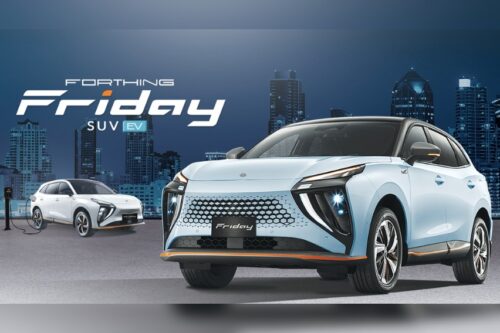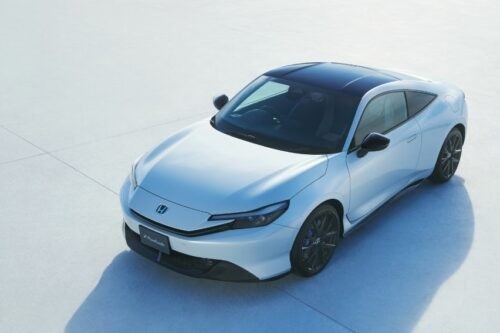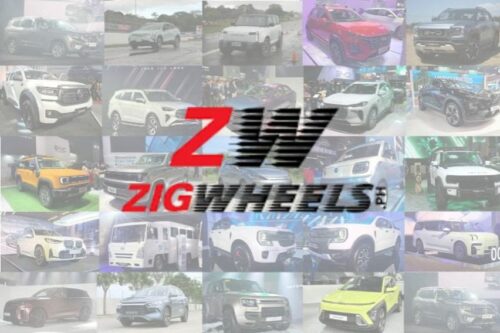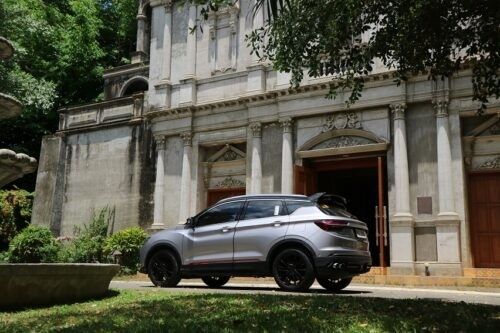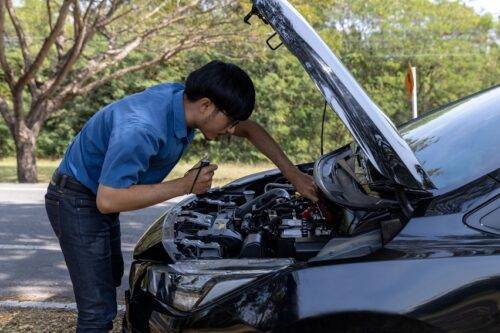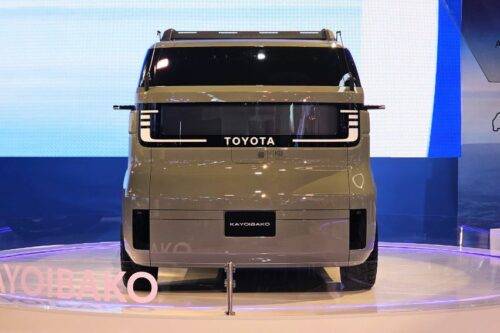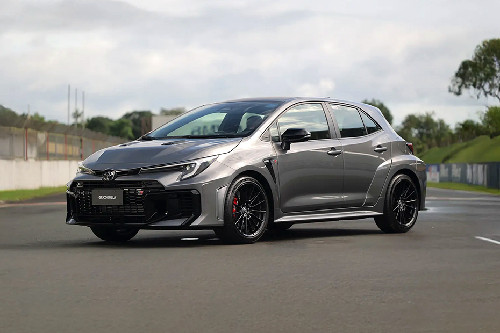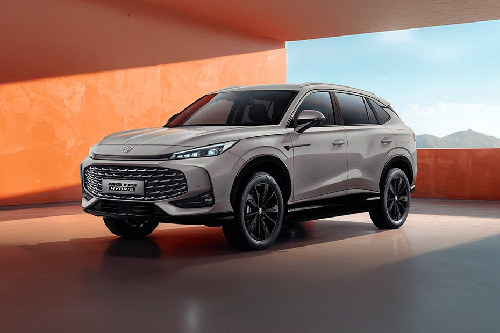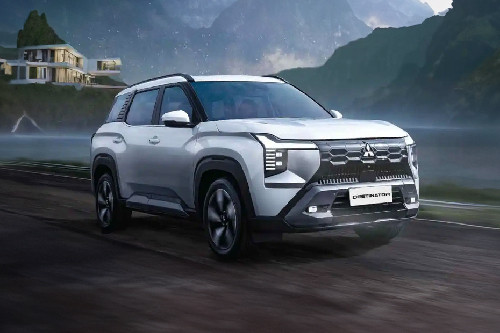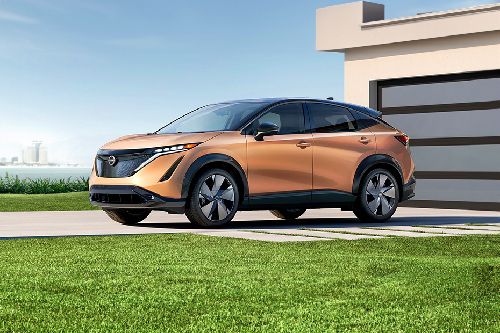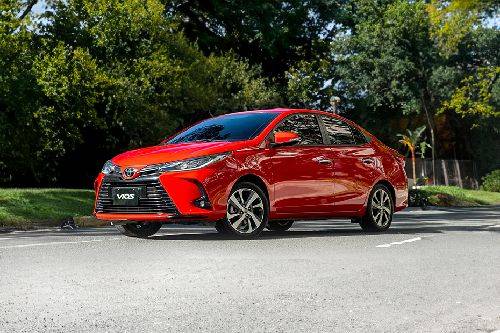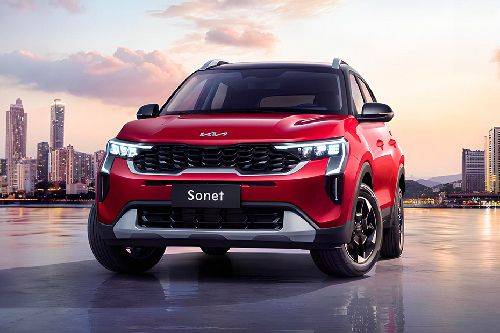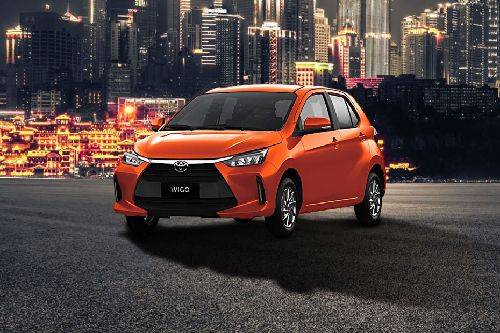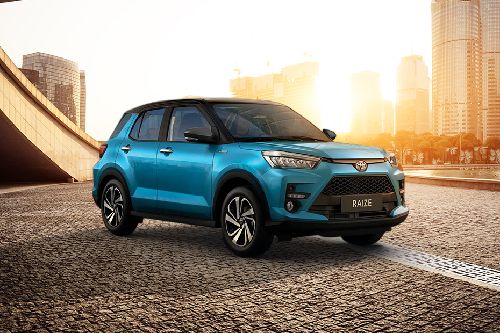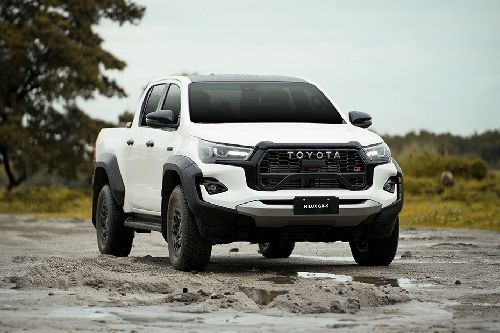New Stellantis engine offers more power, less emission, and better fuel economy
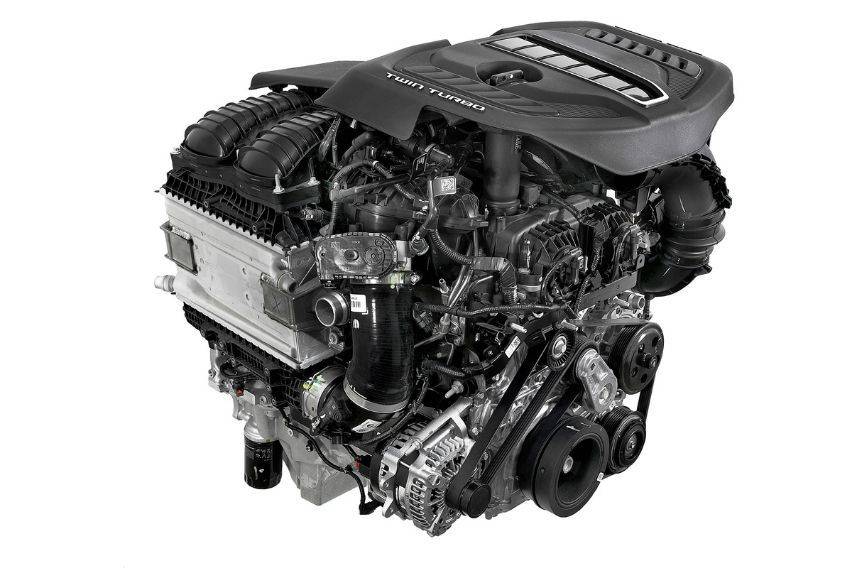
MANILA: Stellantis has recently unveiled the Hurricane, a new 3.0-liter twin-turbo inline six-cylinder engine that offers greater fuel economy and less emissions than larger engines while also producing more horsepower and torque than many competitors' naturally aspirated V8 and boosted six-cylinder engines.
KEY TAKEAWAYS
When will Stellantis roll out the first vehicles to be equipped with the Hurricane engine?
The first vehicles to be equipped with the Hurricane twin-turbo I-6 will hit dealer showrooms this year.What are the objectives of Stellantis' Dare Forward 2030 strategic plan?
With the Dare Forward 2030 strategic plan, Stellantis aims to lower its carbon footprint by half by 2030 and to lead the transportation industry by accomplishing Net Carbon Zero by 2038.The Hurricane twin-turbo's strong foundation architecture allowed Stellantis propulsion systems engineers to construct two different variants: Standard Output (SO) and High Output (HO).
“As Stellantis aims to become the US leader in electrification, with a 50% battery-electric vehicle (BEV) sales mix by 2030, internal combustion engines will play a key role in our portfolio for years to come and we owe it to our customers and the environment to provide the cleanest, most efficient propulsion possible. The Hurricane twin-turbo is a no-compromise engine that delivers better fuel economy and an important reduction in greenhouse gases without asking our customers to give up performance,” Stellantis Propulsion Systems Head Micky Bly stated.
Lowering greenhouse gas emissions is part of Stellantis' goal to lower its carbon footprint by half by 2030 and to lead the transportation industry by accomplishing Net Carbon Zero by 2038. These objectives are important parts of the company's Dare Forward 2030 strategic plan.
The Hurricane twin-turbo shows off its power with a broad, flat torque band that sees the engine retain at least 90% of peak torque from 2,350 rpm to red line.
Vehicle-specific horsepower and torque figures will vary. The first vehicles to be equipped with the Hurricane twin-turbo I-6 will hit dealer showrooms this year.
A deep-skirt cast-aluminum block with a structural aluminum alloy oil pan serves as the Hurricane twin-turbo foundation. The sturdy rotating assembly of a forged steel crankshaft and forged steel connecting rods consists of cross-bolted steel main bearing caps. The block is deck-plate refined during production to enhance the cylinder bore shape, which improves fuel efficiency.

To reduce emissions and achieve big-engine power, Stellantis propulsion system experts used a set of cutting-edge technologies for the Hurricane twin-turbo, which includes two low-inertia, high-flow turbochargers; Plasma Transfer Wire Arc (PTWA) coating in the cylinder bores; high-pressure direct fuel injection with pumps actuated by a dedicated chain-driven shaft; dual overhead camshafts with wide-range, fully independent variable valve timing; fuel-saving engine stop-start (ESS) function with robust starter motor; engine-mounted water-to-air charge cooler with a dedicated cooling circuit; dual water-cooled exhaust manifolds integrated in the cylinder head; continuously variable displacement oil pump; and high-flow ball-valve thermostat.
In the Hurricane twin-turbo I-6, each turbocharger powers three cylinders. In terms of performance, two smaller turbochargers with less inertia spin up faster and produce boost to the engine at lower rpm than a single large turbocharger.
Before reaching the intake manifold, the compressed air is cooled by a water-to-air charge air cooler placed on the engine. Cooler air is denser, allowing for higher performance and effectively managing in-cylinder temperatures with advanced ignition timing. After the engine is turned off, an electric pump distributes coolant to help cool the turbocharger units for increased durability.
The 3.0-liter Hurricane twin-turbo I-6 shares design elements, such as bore and stroke and cylinder spacing, with the globally manufactured turbocharged 2.0-liter I-4, which is offered in the Jeep Wrangler, Wrangler 4xe, Cherokee, and the recently introduced Grand Cherokee 4xe in North America.
The Hurricane twin-turbo I-6 is the main internal combustion power plant of the future in North America for vehicles based on the STLA Large and STLA Frame platforms.
Stellantis' Saltillo Engine Plant in Mexico manufactures the 3.0-liter Hurricane twin-turbo I-6.
Photos from Stellantis
Also read: Stellantis 'Drive for Design' contest now on 10th year
Sell your car at the best price
 Verified and genuine buyers
Verified and genuine buyers
Trending & Fresh Updates
- Latest
- Popular
You might also be interested in
- News
- Featured Stories
Featured Cars
- Latest
- Upcoming
- Popular
Latest Car Videos on Zigwheels

Car Articles From Carmudi
- journal
- advice
- financing
- insurance

